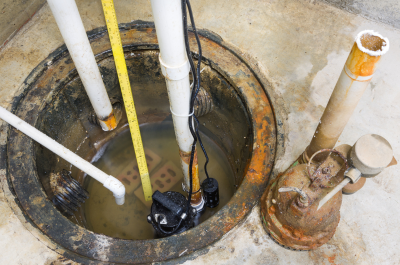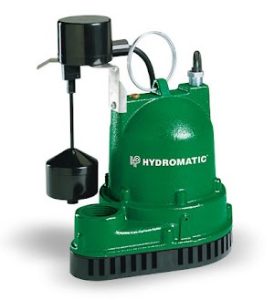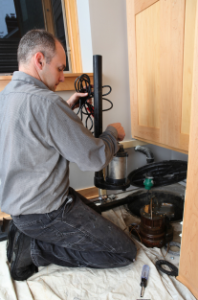What You Need to Know Before Buying a Sump Pump

Pointing the Way to the Right Choice: A Comprehensive Guide to Selecting a Sump Pump
Water damage in homes, often due to flooding or plumbing failures, can be both costly and distressing. A key tool in preventing such damage is a sump pump, a device often overlooked until urgency strikes. Understanding what to look for when purchasing a sump pump is not just about making an informed choice; it’s about safeguarding your home from potential disasters. A proper sump pump can mean the difference between a dry basement and costly, time-consuming repairs. Moreover, with climate change leading to more unpredictable weather patterns, having a reliable sump pump is more important than ever. This comprehensive guide aims to demystify the selection process, covering types, sizes, features, and maintenance of sump pumps, so you can make a choice that offers peace of mind and reliability.

Section 1: Understanding Sump Pump Types and Sizes
- Submersible vs. Pedestal Pumps: Explore the differences between submersible pumps, which are designed to be fully submerged and are quieter, and pedestal pumps, which have motors mounted above the sump and are more affordable but louder. Your choice will largely depend on the layout and usage of your basement area.
- Choosing the Right Size: Select a pump based on horsepower (HP), considering the area of your basement, the volume of water to manage, and the vertical height to which the water needs to be lifted. Ensuring the right size is crucial for efficient water management.
Section 2: Key Features and Considerations
- Materials and Construction: Consider pumps made from materials like plastic, cast iron, and stainless steel. Cast iron pumps are durable and dissipate heat well, while stainless steel pumps resist corrosion, and plastic pumps are more affordable. The right material choice can significantly extend the life of your sump pump.
- Switch Types and Capacity: Understand the significance of switch types—float, diaphragm, and electronic—and the pump’s capacity, indicated by gallons per minute (GPM) or gallons per hour (GPH). Choosing the right switch type can enhance the pump’s responsiveness to water levels.
Section 3: Installation, Maintenance, and Cost
- Power Supply and Backup Systems: Ensure a stable power supply and consider a battery backup system for power outages. This backup is essential for continuous protection during severe weather.
- Installation and Maintenance: Decide between professional installation or DIY, and commit to regular maintenance like cleaning and testing the pump. Proper installation and maintenance are key to the pump’s long-term performance and reliability.
- Cost Considerations: Balance the upfront costs with long-term reliability and savings from preventing water damage. Investing a bit more initially can often lead to fewer issues and lower maintenance costs down the line.

Choosing the right sump pump is a vital step in protecting your home. Don’t wait for a flood to realize the importance of a good sump pump. Explore your options today, ensure your home is prepared for whatever comes its way, and safeguard your peace of mind. By proactively selecting and installing the appropriate sump pump, you not only protect your property but also invest in your family’s safety and well-being. Remember, the cost of a sump pump is minor compared to the potential losses due to water damage, making it a wise and essential investment for any homeowner. Take action now to secure your home against water damage.
